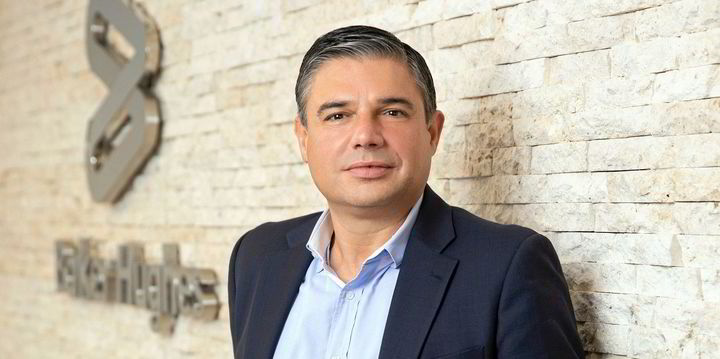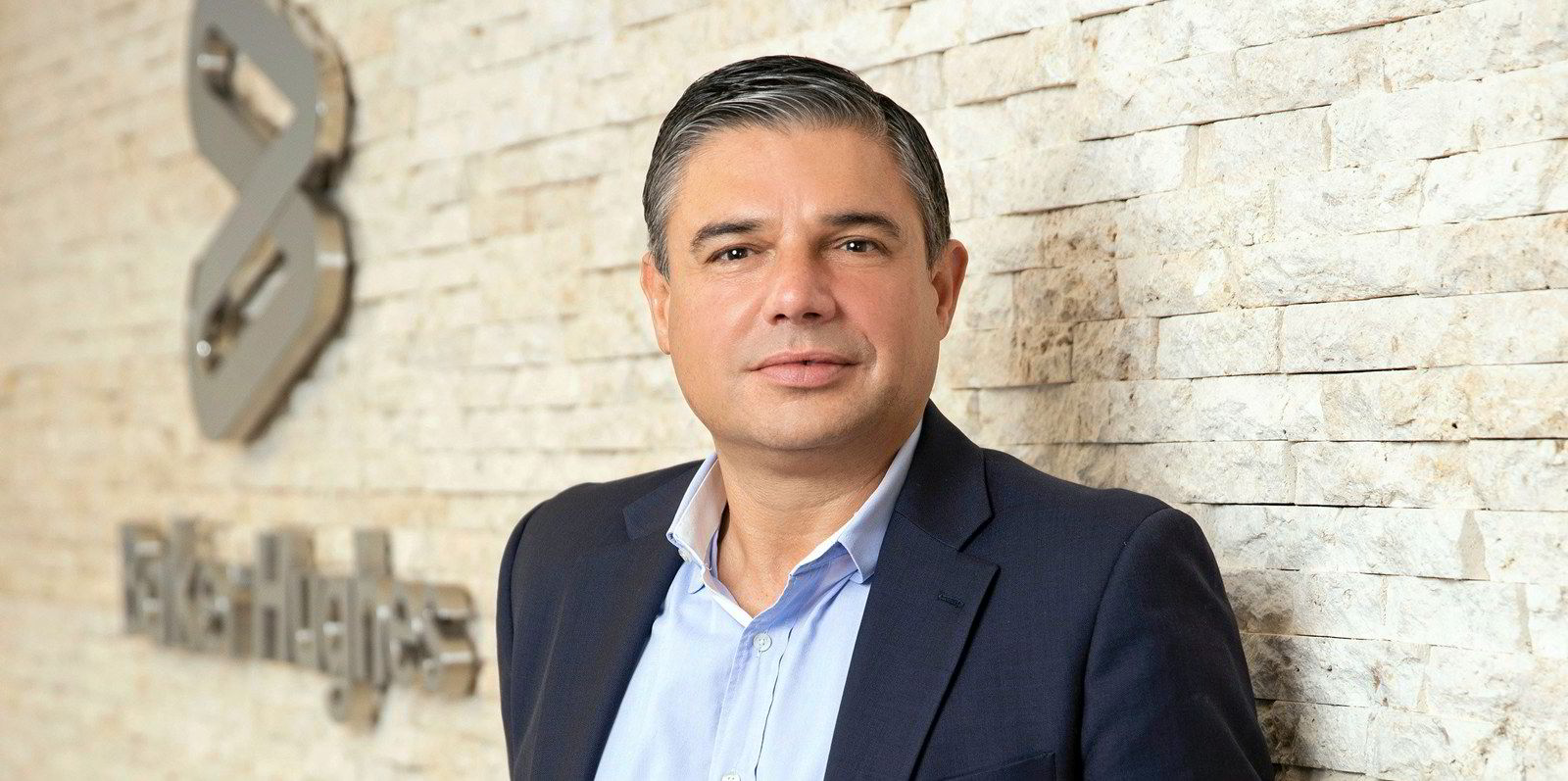Oilfield and energy services giant Baker Hughes reported surging earnings and revenues in the first quarter on Wednesday, with a net profit of $576 million compared to a $72 million return for the same quarter of 2022 and a $182 million net profit in the previous quarter.
The Houston-based company reported revenues of $5.7 billion for the first quarter of 2023, up 18% year-on-year.
The company’s adjusted net income attributable to Baker Hughes on a non-GAAP basis was $289 billion, up from $145 million on the year but down from $381 million the quarter before.
Orders of $7.6 billion for the quarter were up 12% year-on-year. Growth was strongest in its liquefied natural gas and new energies business segment.
“While 2023 has already started off with some macro volatility, we remain optimistic on the outlook for energy services and Baker Hughes,” said chief executive Lorenzo Simonelli.
“Our diverse portfolio features long cycle and short cycle businesses that position us well to navigate any periods of variability that may occur across the energy sector,” he added.
Article continues below the advert
Baker Hughes did not buyback any shares from shareholders this quarter, but it said it plans to resume buybacks later this year as volatility declines.
The company’s income surpassed estimates from investment banking company TD Cowen, which anticipated an adjusted earnings before interest, taxes, depreciation and amortisation (EBITDA) of $730 million, compared to Baker Hughes’ delivered $782 million.
Backlog growth
Baker Hughes booked almost $1.4 billion in liquefied natural gas, securing awards for Qatargas’ North Field South project expansion for 16 million tonnes per annum of additional capacity and Sempra Infrastructure’s Port Arthur LNG project for 13 million tpa of nameplate capacity.
The company also won awards for smaller LNG projects with Wison and Black & Veatch.
“Another notable characteristic of this cycle is the continued shift towards the development of natural gas and LNG,” said Simonelli.
He said growth reflects the fact that the world “increasingly recognises the crucial role natural gas will play in the energy transition, serving as both a transition and destination fuel, and predicted that this pointed to a multi-decade growth opportunity.
Simonelli said the lower LNG prices from last year should be a net positive for the sector, as last year’s prices were unsustainably high, and the new prices will boost demand growth. He said this LNG cycle could extend for several years.
“We remain confident that we will see 65 million to 115 million tpa of LNG projects reach final investment decisions in 2023 and continue to see solid project activity in 2024 and 2025,” Simonelli said, and he expects 2024 to have a similar developments.
“And then it continues in 2025 and 2026, we also see a set of opportunities improving and with the potential for FID ranges between 30 million to 60 million tpa each year. So again, the market is very active at the moment, and we like the position that we have and helping our customers,” Simonelli said.
New energies on the rise
In new energies, Baker Hughes saw almost $300 million in New Energy orders, Simonelli said, which comes out to about 4% of total orders for the quarter. This is close to Baker Hughes’ total New Energy orders for last year, which came up to around $400 million.
Given this growth, which Simonelli said in part is attributed to the Inflation Reduction, he envisions new energy could make up around 10% of the company’s Gas Tech orders in the next three or four years.
“We’ve stated previously that we believe that by the end of this decade, new energy orders could be in the range of $6 billion to $7 billion,” Simonelli said.
Baker Hughes’ focus has been on carbon capture opportunities, providing equipment for Air Products’ blue hydrogen project in Edmonton to enable carbon capture on the facility. This quarter the company booked a project with HIF Global to develop technology for direct air capture.
“Partnerships are critical to delivering the energy transition. So there’s no one company or technology that’s going to solve the problem. And partnerships like this that we have with HIF, we think are crucial to be able to demonstrate and showcase the technology,” Simonelli said.

